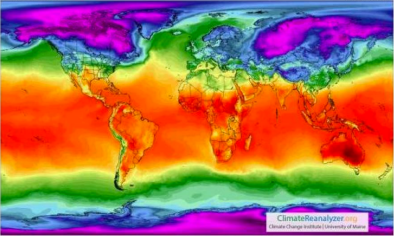Science Source
Quantitative estimates of anthropogenic contributions to extreme national and State monthly, seasonal and annual average temperatures for Australia
- Presents pre-computed Fraction of Attributable Risk (FAR) tables for various Australian temperature records, as an estimate of the change in likelihood of exceeding defined temperature thresholds that can be attributed to anthropogenic influences, such as long-lived greenhouse gases
- Looks at Australian and State-based area-average mean, maximum and minimum temperature anomalies are considered
- Compares the likelihoods of extreme annual, seasonal and monthly temperatures occurring in a suite of Coupled Model Intercomparison Project phase 5 (CMIP5) simulations incorporating only natural forcings (solar and volcanic aerosols) with the likelihoods from simulations including both natural and anthropogenic (greenhouse gases, aerosols and ozone) forcings
- States that this approach provides a simple tool for the timely assessment of the contribution of anthropogenic factors to record-setting temperatures for different Australian regions
- Finds that in all regions, the FAR values demonstrate that the likelihood of warmer conditions on various timescales has increased due to anthropogenic forcings
Related Content
Headline

Mar 2, 2017 | Climate Central
Warming Had Clear Hand in Record Australia Heat
Headline

Feb 27, 2017 | Illawarra Mercury
NSW summer weather makes heat records, perfect autumn on the way
Headline

Feb 21, 2017 | The Guardian
Australia’s new normal … as city temperatures hit 47C people shelter from the deadly heat
Headline

Feb 17, 2017 | South Coast Register
Cattle deaths a climate change wake-up call


